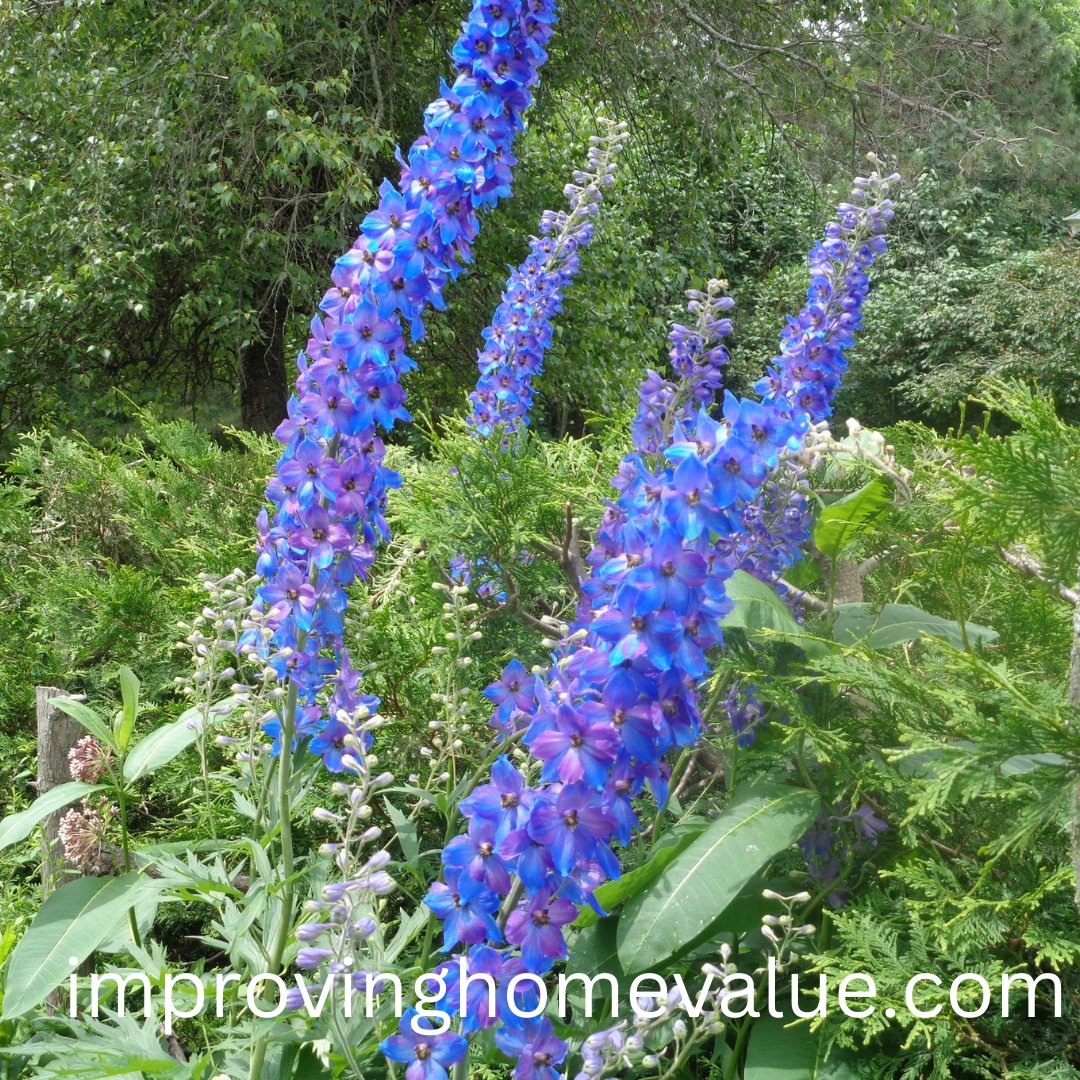Delphiniums are stunning tall bloomers that can turn any garden into a vibrant wonderland. Getting them to flourish means understanding their needs. Let’s get started with light. Delphiniums crave sunlight, but too much direct sun can be harsh. They do best with morning sun and a bit of afternoon shade. Finding the right balance helps them thrive without wilting.
Soil is another biggie. These blooms aren’t too picky but do love well-draining soil. Mixing in some compost can boost growth by giving them extra nutrients. Make sure the soil stays moist, but not waterlogged. Drainage is key to avoid root rot.
When it comes to watering, Delphiniums like it consistent and even. Keep the soil slightly moist, especially during dry spells. Deep watering is better than a little every day. This encourages the roots to grow deeper, leading to stronger plants. Also, mulching around the base can help retain moisture and keep the roots cool.
Fertilizer time! These plants are heavy feeders, especially pre-blooming. A general-purpose, slow-release fertilizer works wonders. Apply it in early spring and again in midsummer to keep the blooms vibrant and lush.
Delphiniums are famous for their tall spikes of colorful flowers. You’ll find shades ranging from deep blues and purples to lighter hues like pinks and whites. These colors are not just eye-catching for humans but attract a variety of pollinators. Bees, butterflies, and even hummingbirds can’t resist them.
The weight of those beautiful spikes can cause the plants to flop over. Tying them to stakes is a smart move to keep them upright. Use soft ties to avoid damaging the stems. This support helps the plants withstand wind and the weight of the blooms.
Dividing Delphiniums is like giving them a fresh start. This should be done in spring or fall. Gently dig up the plant and separate the clumps with a sharp knife. Each section should have a few shoots and roots. Replant them immediately to avoid drying out, and give them a thorough watering to help them settle into their new spots.
Popular Varieties and Safety Concerns
Delphiniums come in many stunning varieties, each bringing its unique flair to the garden. Some popular choices include the classic Pacific Giants, known for their tall, sturdy spikes and vivid colors. Another favorite is the Belladonna, which grows more compact but blooms profusely. There’s also the Aurora series, featuring robust plants with large, striking flowers perfect for cutting gardens.
The different types of Delphiniums offer a rainbow of color options. From the deep blues and indigos of the Magic Fountain and Blue Bird varieties to the soft pastel hues of the Summer Stars series, there’s a Delphinium for every taste. Mixing these varieties can create a captivating, ever-changing display throughout the blooming season.
Now, let’s talk safety. Delphinium seeds and all parts of the plant are poisonous if ingested. They contain toxic alkaloids that can cause nausea, vomiting, and in severe cases, cardiac issues. It’s vital to keep the seeds and plants out of reach of children and pets. Always wear gloves when handling them to avoid skin irritation.
Despite their toxicity, Delphiniums can be grown safely with some precautions. Educate family members about the potential risks, and consider placing the plants in less accessible areas of the garden. Also, disposing of fallen leaves and spent blooms regularly can prevent accidental ingestion by pets or wildlife.
Growing Delphiniums means appreciating their beauty while being aware of their dangers. With the right knowledge and care, you can enjoy their presence in your garden safely and confidently.

Managing Pests and Diseases
Every gardener faces the challenge of pests and diseases, and Delphiniums are no exception. Common pests include aphids, slugs, and snails. These little critters love to munch on the tender leaves and stems. Regularly inspect your plants and handpick pests if you spot them. For a more hands-off solution, organic repellents and barriers can help keep these pests at bay.
Powdery mildew is a frequent issue, especially in humid conditions. It’s a fungal disease that leaves a white, powdery coating on the leaves, which can stunt growth. Keeping good air circulation around the plants helps, as does watering at the base rather than from above. If mildew appears, remove affected leaves and consider using a fungicide.
Another nasty disease is root rot, often caused by overwatering or poor drainage. Signs include yellowing leaves and wilting. Improving soil drainage and being mindful of watering habits can prevent this. If a plant is affected, it’s often best to remove it to prevent the disease from spreading.
Delphiniums can also fall prey to botrytis blight, a gray mold that loves damp, overcrowded areas. Pruning plants to improve airflow and removing any infected parts immediately can help. Fungicides can also be effective when the first signs of botrytis appear.
Staying vigilant and maintaining healthy growing conditions are essential for preventing and managing these issues. Healthy, well-cared-for plants are always more resilient against pests and diseases. By keeping an eye on your Delphiniums and addressing problems early, you can enjoy their stunning blooms all season long.
